For the next instalment in this series, Matt Williams takes a high-level look at the costs associated with creating your OSC, purchasing the appropriate equipment and applying to the CAA for your OSC.
Matt will outline the key areas which you will need to consider before beginning the process. Namely:
- The aircraft you will utilise
- The current (and required) capability levels of the operator/organisation
- The documentation and evidence you will be required to create in order to successfully apply for and be awarded an OSC.
Whilst potentially not the only costs you will come across during the OSC application process, it’s worth having a broad outline of the potential financial implications of attempting the OSC application process, prior to embarking on the journey of creating the application itself.
Read Time: ~4 Minutes
How much does it cost to get an Operating Safety Case?
So, you’ve read the previous few posts and have decided to take the leap. You know that there’s a lot of work ahead but you are willing to put in the effort and make the sacrifice because you know you need to be one of the commercial drone operators that stands out from the crowd because you have OSC permissions.
That’s great! However, before we start to sweat the small stuff let’s take a realistic look at the financial implications of pursuing your goal of becoming an OSC qualified operator. There are a number of areas that we will need to consider in order to be able to help calculate the overall costs associated with you creating applying for and ultimately gaining your OSC.
We’ll break these out one by one below and try to explore each area in some detail to give you an idea of where the an OSC is for you by using the main elements that we explored in part three of this series: what are the main elements of an OSC? Then finally, we will take a look at the fees which the CAA will charge you for both your initial issue of an OSC and any subsequent renewals (please note that these charges are subject to change and may not necessarily be updated here. The link to the CAA scheme of charges can be found here and is displayed later in this post).
Aircraft
the type of aircraft which you will utilise to undertake work under the auspices of OSC may differ fairly significantly from that which you would use to conduct similar operations understand of permissions. Through our extensive experience of applying for and operating under OSC permissions, we have seen that it is extremely unlikely (more appropriately, impossible) that the CAA will issue OSC permissions. One utilising a ‘cheap off the shelf system’ (COTS). The use of the phrase COTS in this instance doesn’t necessarily mean cheap in the generic financial sense of the word, but more in relation to the CAA’s opinion of whether the aircraft in question is a ‘consumer’ or professional product.
By this, what we are really saying is that the CAA will not issue OSC permissions for aircraft which are not deemed by them to represent a professional level of operating. Typically, the CAA will not issue OSC permissions for any drone which falls below the level of a DJI Inspire 2. There are many reasons for this we will explore these throughout this series of articles - primarily in the aircraft section.
We have tried on a number of occasions to obtain and/or help others obtain OSC permissions for aircraft such as the DJI Mavic and Phantom series but as yet have been unsuccessful. This is despite writing solid safety cases based around the reduced mass and therefore energy levels on impact (again, to be discussed in a later section of the series). That being said, the energy levels involved in object which weighs more than 250g falling from 400 feet are such that any impact could be fatal to an unprotected person; thus system redundancy is arguably more important than a reduction in mass unless the drone weighs less than this 250g cut-off.
To get a slightly more detailed overview of the considerations for which aircraft to consider when applying for your OSC it will be worth reading the third article in this series which you can find here and we will discuss this in much more depth as we continue on the journey to creating your OSC.
An approximate costing for Aircraft and associated Equipment (if not already owned ) is between £8500 - £35,000.
Operator/Organisation
The next major thing which the CAA will assess during the application process will be the capabilities and abilities of the operator/organisation. In some cases these may be the same thing however in others the operational capabilities of personnel within an organisation may be such that the organisational capabilities need to be improved before the CAA will be able to issue an OSC to the operator and vice versa.
There are many factors which the regulator take into consideration when assessing an operators application for an OSC. One of these things is what have you as an operator done to prove and ensure that you are able to operate at an above-average standard. To operate under standard permissions is a fairly straightforward process: you attend a course run by a CAA approved NQE, complete the relevant theory and practical examinations, receive a recommendation from them for the award of the PfCO and apply to the CAA. If you want to operate at reduced separations and under special dispensations from the CAA, you will need to prove that you are capable of operating to a safer standard and a higher level than those operators operating under standard permissions.
There are many ways to achieve this however it must be noted that there are impact on both time and thus, likely financial impacts which must be borne in mind. The majority of people operating under OSC’s at this present time have either a long and distinguished background in operating unmanned aerial systems (for example, they have flown model helicopters and/or aircraft for a very long time) or they have a level of aviation experience and knowledge which takes them beyond that of a standard permissions holder.
I’m not suggesting for one second that you need to be an airline pilot, 3D model helicopter champion or a private pilot’s licence holder but having some additional skills outside that of being purely a drone operator will certainly go a long way towards making it easier for the CAA to award you with an OSC. This is exactly why we strongly advise anyone who utilises our consultancy services as part of their OSC application process to conduct a minimum of the following:
- additional human factors training course
- emergency first aid at work training course
- two hours flying training in full-sized aircraft
Not that any of the above are mandated by any means and solidly written operating safety case will ultimately lead to the award of an OSC without these actions been completed however it makes it far more difficult for the CAA to reject an application if you have gone above and beyond in the process of creating your OSC.
An estimate for Additional Training Courses would be ~£500 - £1500.
Documentation and Evidence
Ultimately, the exposure which the regulator gets to your request for an OSC comes down to your application. This is why it is critically important that you utilise the correct template and include the required information which the CAA will be looking for. The assessment team don’t get to see you conducting your day-to-day business; they only get a snapshot of your abilities and capabilities via the application process. Therefore, a well written, strongly defined and fully evidenced safety case document will make your likelihood of success increase massively.
By following the guidance outlined in this series you should hopefully be able to deliver a well written, solid set of documentation to the CAA which will give you the best possible opportunity to get granted OSC permissions efficiently and cost effectively.
Your costs for an CAA OSC Application is ~£2000.
Summary
Getting an OSC can be rather costly unless you already have some aviation or safety-system based experience, but even then, the costs can quickly mount up!
The expected costs are as follows:
- CAA OSC Application ~£2000
- Aircraft and associated Equipment (if not already owned ) £8500 - £35,000
- Additional Training Courses ~£500 - £1500
In the next instalment, we’ll take a look at the OSC Template provided by the CAA and discuss the structure of the finished document.
Blue Skies,
Matt


